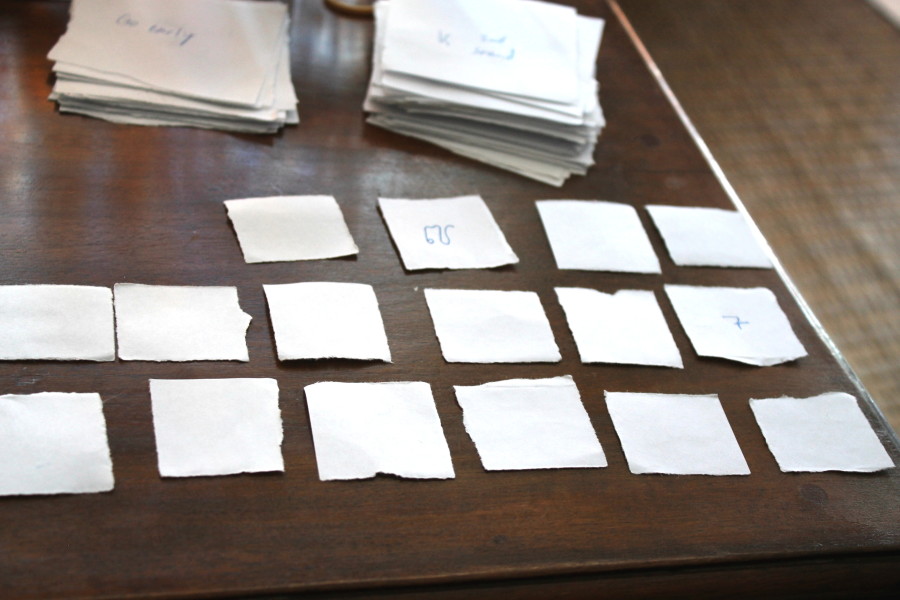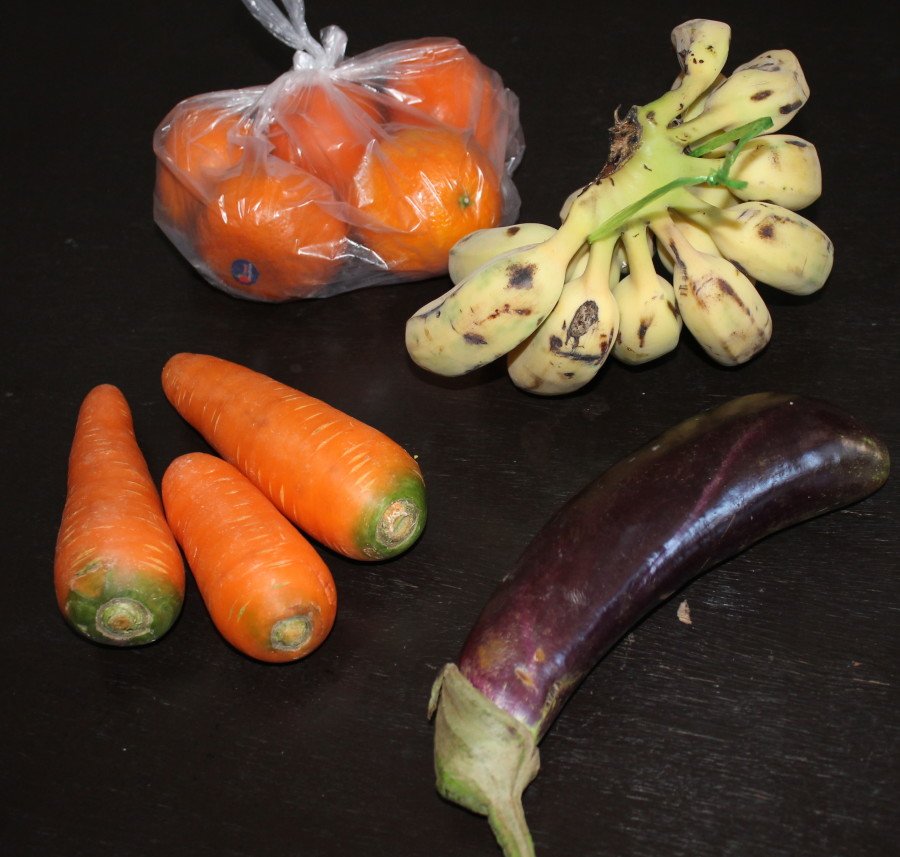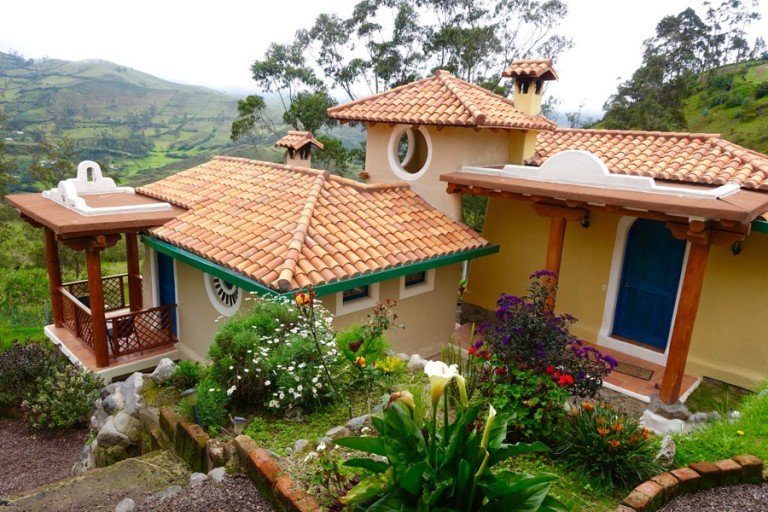Simple Methods for Language Learning
If you’re looking to learn a new language, these helpful ideas and tools from a fellow traveler can set you on the path to quickly and effectively learning to speak a foreign language.
Simple Methods to Learn a New Language
This is a guest post by Karen Bortvedt. Karen is a long-term volunteer with Maryknoll Lay Missioners in Cambodia. You can learn more about her daily life and work on her blog.
KISS
Learning a new language, especially one with a completely different alphabet, involves a whole lot of closely watching someone’s mouth … and then KISS.
While, yes, rumor has it that finding a significant other who is a native speaker of your new language can be very helpful, I am referring to the Keep It Simple Stupid acronym.
I should probably get that tattooed somewhere, due to my innate ability to do the exact opposite. But when learning a language, simple is definitely the solution (though, calling yourself stupid may not achieve desired results).
The Basics of Language Learning
Practice was also key. For those first classes, I would literally tell my teacher what I had done the previous day (it was usually the same as the week before, and the week before that).
This really helped to build that basic, conversational vocabulary. And, I would often try to add details each day, just to keep the story interesting. This required new vocabulary. Thus, a new teaching/learning opportunity.
Conversation Partners
Since conversation was the goal, I found a language exchange. I had done this when learning Spanish and, though not normally part of the study of Khmer, I insisted.
My language partner is a college student who is learning English. So, about three weeks into learning Khmer, we started meeting once per week and would speak half the time in Khmer, half in English.
Sometimes I had no idea what she was saying, but I powered through, asked questions, and got really good at following body language. Plus, I learned to understand the way people actually talk, not the textbook version.
Push Yourself
Even with all of this, the most important part of KISS is to not over think it. And, since I was living in Cambodia, that meant walking out my front door.
Literally, the dialogue in my head went like this: “Ok, all you have to do is walk out that front door. Walk down the street and enter the market. You need food anyway, just pointing will get you through. You can do it.”
This process may have been repeated for a good hour before I got up my courage and left the house… I have never been more proud to come home with vegetables. They even made it in my blog.
Another KISS moment was talking on the phone. There are certain tuktuk drivers that know all the places I would want to go. The catch is, one must make a phone call to arrange a tuktuk. Everyone said talking on the phone is the hardest part. “I have been here years and still don’t understand people on the phone.”
So, KISS. I started picking up that phone a couple of weeks in and have been able to have conversations to a more and more detailed level ever since.


[separator_with_icon icon=”fa-plane” color=”#f3c180″]
More Tips to Learn a New Language
Immerse Yourself in the Culture
One of the best ways to learn a new language is by immersing yourself in the culture where it’s spoken. Living or traveling in a country where the language is native accelerates your learning by surrounding you with daily conversations.
When I was learning Khmer in Cambodia, everyday activities like shopping and chatting with neighbors provided invaluable practice. These real-life interactions help you grasp the context and nuances of the language, including slang and idioms not covered in textbooks.
Watching local TV, listening to music, and participating in community events further enhance this immersion, making the language a natural part of your daily life.
Use Technology to Your Advantage
In the digital age, numerous resources can aid your language learning journey. Here are some tools I found useful:
- Language Learning Apps. Apps like Duolingo, Babbel, and Memrise offer structured lessons to build vocabulary and grammar skills, making learning fun and engaging with gamification elements.
- Flashcard Apps. Anki and Quizlet are great for creating custom flashcards to drill vocabulary and phrases. They use spaced repetition to enhance retention.
- Language Exchange Platforms. Websites like Tandem and HelloTalk connect you with native speakers learning your language, providing real conversation practice and instant feedback.
- Online Tutoring. Look for platforms that offer access to native-speaking tutors for personalized lessons and guidance. Regular sessions with a tutor help you stay on track and address specific areas for improvement.
Incorporating technology into your language learning routine provides variety and flexibility. Whether practicing vocabulary on your phone during your commute or having a virtual conversation with a language partner, these tools make it easier to integrate learning into your daily life.
What tricks have you discovered for learning a new language? What are other ways you push yourself to practice speaking in real life?
For further reading:
– Volunteer Abroad Profile: Maryknoll Lay Missioners
– Top Spanish Language Learning Tools: Teach Yourself Spanish for Travel!
– Hawaiian language: what you should know before you go.
– Review of Yanapuma Spanish Language School in Cuenca, Ecuador
– Rules for Intentional Travel: Learn the Language
Like this post? Pin it for later or share with friends!










